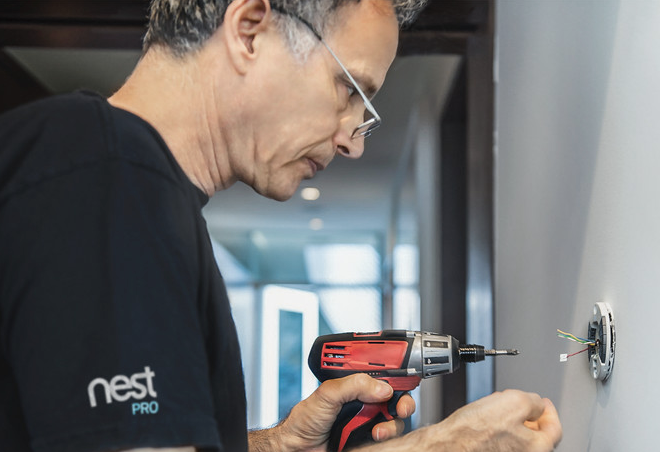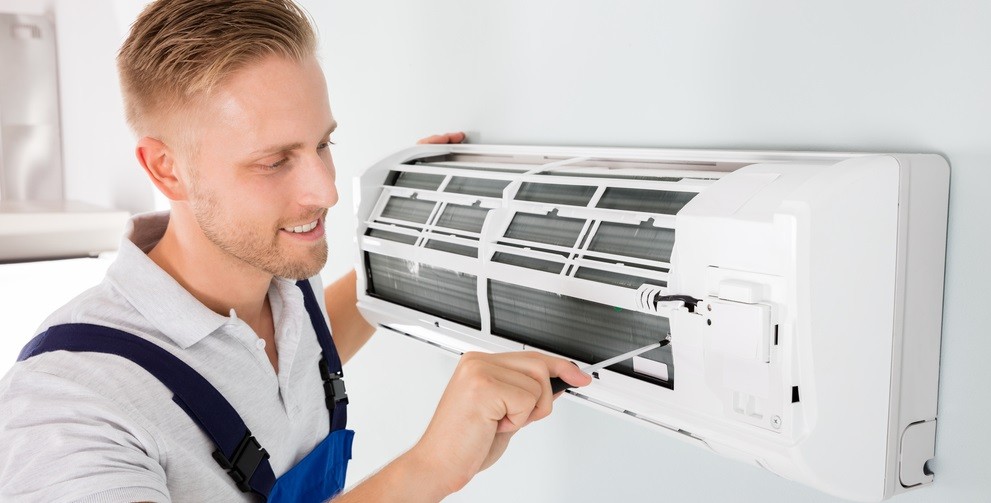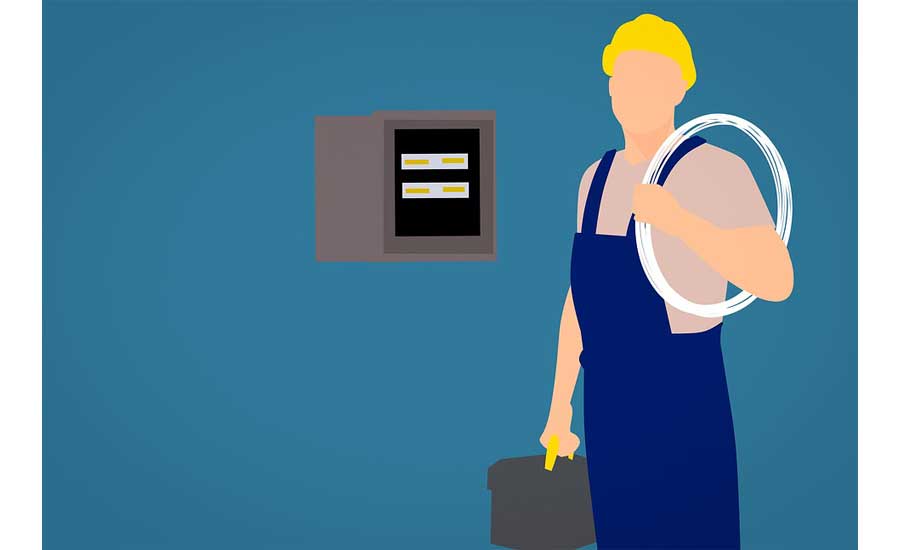
Zoning. The concept makes perfect sense, different areas within a location usually have two different attributes:
1). The thermal gain or loss differs between areas inside the same building envelope.
2). The occupants of the space have different comfort levels.
Therefore, the ability to control heating and cooling independently is a very appealing concept. The devil however lies in the details. Traditional unitary systems are designed for generally larger areas. Zoning incorporates the ability to isolate areas of the duct system and control the flow of conditioned air to those areas. One main flaw with this is that while the areas requiring conditioned air may vary, the capacity of the system remains the same. This can become a major issue when you have a system producing 1000-cfm of conditioned air, and one zone requiring only 300-cfm of conditioned air is calling. What do we do?
Continue reading “Multi-Zone Systems: The Good, The Bad, and The Conflicted”






